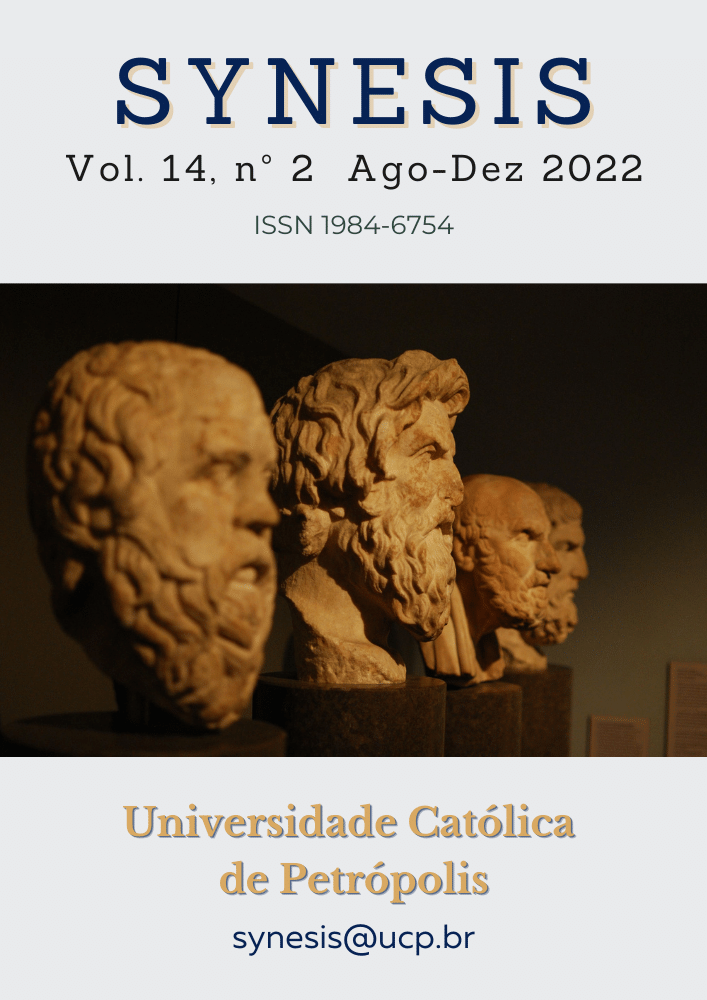Abstract
Translation is a unique communication form shaped primarily by cultural characteristics. The translation decision is strongly influenced by the cultural references which are presented in the text. Against this background, the present study aims to clarify which strategies are available for the translation process. All linguistic elements can be subsumed under cultural references, which entail certain behaviours, i.e. the way of acting, grasping reality, or even classifying the way of thinking in their respective system. For this purpose, some translation-theoretical views are first outlined, within the framework of which the cultural references are considered starting from fundamental perspectives. In the context of all these positionings,the analysis examines methods and strategies used within the translation. This part concludes with interpreting the findings. The study used the book written by Hans Joachim Sch ädlich Der Sprachabschneider and its Turkish translation Sözcükkırpan by Tuvana Gülcan.
References
Epstein, B. J. (2009). In Name Only? Translating Names in Children's Literature. In B. J. Epstein (Hrsg.), Northern Lights. Translation in the Nordic Countries (SS. 191–209). Oxford/Wien: Lang.
Euler, D. (2001). Manche lernen es - aber warum? Zeitschrift für Berufs- und
Fillmore, C. J. (1977). Topics in Lexical Semantics. In P. Cole (Hrsg.), Current Issues in Linguistic Theory (SS. 76-136). Bloomington: Indiana University Press.
Gardt, A. (2018). Textsemantik: Methoden der Bedeutungserschließung. In J. Bär & M. Müller (Hrsg.), Geschichte der Sprache - Sprache der Geschichte: Probleme und Perspektiven der historischen Sprachwissenschaft des Deutschen. Oskar Reichmann zum 75. Geburtstag (SS. 61-82). Berlin, Boston: Akademie Verlag. doi: 10.1515/9783050058245-004
Holzer, P. (2002). Textsortenkompetenz in der Übersetzerausbildung. In P. Holzer, C. Feyrer, Cornelia (Hrsg.), Translation: Didaktik im Kontext (= InnTrans. Innsbrucker Beiträge zu Sprache, Kultur, Translation 1 (59-69). Frankfurt am Main et al.: Lang.
Kleiber, G. (1993). Prototypensemantik: Eine Einführung. Tübingen: Gunter Narr.
literarischen Übersetzungen. In J. Holz-Mänttäri, C. Nord (Hrsg.), Traducere navem. Festschrift für Katharina Reiß zum 70. Geburtstag (SS. 395–416.). Tampere: Universität Tampere.
Nord, C. (1993). Alice im Niemandsland. Die Bedeutung von Kultursignalen für die Wirkung von
Rosch, E. (1973). Natural Categories. Cognitive Psychologie 4, 328-350.
Schädlich, H. J., Glienke, A (1993). Der Sprachabschneider. Rowohlt.
Schädlich, H. J., Glienke, A. (2013). Sözcükkırpan. (T. Gülcan, übers.). Istanbul: Habitus Minör Vlg (Originalfassung 1993).
Wirtschaftspädagogik,97(3), 346–374.
Ziem, A. (2008). Frames und sprachliches Wissen. Berlin/New York: Moutonde Gruyter.

This work is licensed under a Creative Commons Attribution-NonCommercial-NoDerivatives 4.0 International License.
Copyright (c) 2022 Synesis (ISSN 1984-6754)

